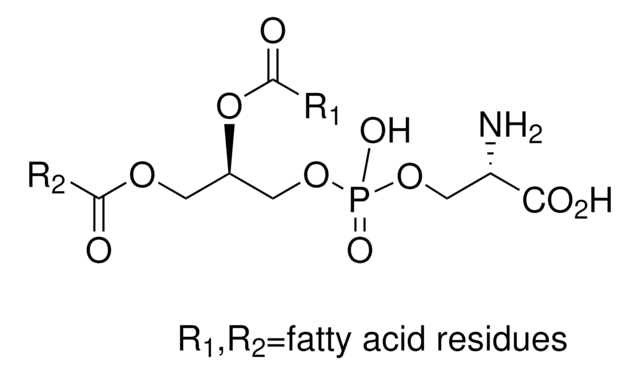Opis ogólny
Cell division protein FtsZ (UniProt: P17865; also known as Cell Division FtsZ GTPase, FtsZ) is encoded by the FtsZ (also known as BSU15290) gene (Gene ID: 935971) in Bacillus subtilis. FtsZ is homodimeric prokaryotic homologue of tubulin with GTPase activity. It is found in nearly all bacteria. It polymerizes in the presence of GTP to form higher-ordered polymers. It contains three GTP-binding sites that are located in the N-terminal region. The less conserved C-terminal domain contains residues that are important for GTP hydrolysis. FtsZ is shown to be essential for bacterial cell division and in association with FtzA (FtsAZ) it forms a contractile ring structure (Z ring) at the site of cell division. The regulation of the ring assembly controls the timing and the location of cell division. One of the major functions of FtsZ is to recruit other cell division proteins to the septum to produce a new cell wall between the dividing cells. The FtsZ treadmilling rate controls the rate of peptidoglycan synthesis and cell division. During bacterial cell division FtsZ co-localizes with SpoIIE, a dual function protein that contributes to the switch form medial to polar cell division during sporulation. The anti-FtsZ blot has also been used as control for sample loading (Ref.: Bisson-Filho, AW., et al., (2017). Science 355(6326); 739-743; Feucht, A., and Jeffery Errington, J (2005). Microbiology 151(6); 2053-2064; Lucet, I., et al. (2000). EMBO J. 19(7); 1467-1475; Lytvynenko, I., et al. (2019). Cell. 178(1); 76-90).
Specyficzność
This rabbit polyclonal antibody detects Cell Division Protein FTsZ in Bacillus subtilis.
Immunogen
Epitope: unknown
Full length purified FtsZ from Bacillus subtilis.
Zastosowanie
Anti-FtsZ (GTPase), Cat. No. ABS2200, is a rabbit polyclonal antibody that detects Cell division protein FtsZ and has been tested for use in Immunofluorescence and Western Blotting.
Research Category
Signaling
Western Blotting Analysis: A representative lot detected FtsZ (GTPase) in Western Blotting applications (Lucet, I., et. al. (2000). EMBO J. 19(7):1467-75; Bisson-Filho, A.W., et. al. (2017). Science. 355(6326):739-743).
Immunofluorescence Analysis: A representative lot detected FtsZ (GTPase) in Immunofluorescence applications (Daniel, R.A., et. al. (2000). Mol Microbiol. 35(2):299-311).
Jakość
Evaluated by Western Blotting in GFP-FtsZ & TrsZ in Bacillus subtilis 168ca wild type.
Western Blotting Analysis: A 1:5,000 dilution of this antibody detected GFP-FtsZ and FtsZ in wild type Bacillus subtilis 168ca.
Opis wartości docelowych
~44 kDa observed; 40.40 kDa calculated. Uncharacterized bands may be observed in some lysate(s).
Postać fizyczna
Rabbit polyclonal antiserum with 0.05% sodium azide.
Unpurified
Przechowywanie i stabilność
Stable for 1 year at -20°C from date of receipt. Handling Recommendations: Upon receipt and prior to removing the cap, centrifuge the vial and gently mix the solution. Aliquot into microcentrifuge tubes and store at -20°C. Avoid repeated freeze/thaw cycles, which may damage IgG and affect product performance.
Inne uwagi
Concentration: Please refer to lot specific datasheet.
Oświadczenie o zrzeczeniu się odpowiedzialności
Unless otherwise stated in our catalog or other company documentation accompanying the product(s), our products are intended for research use only and are not to be used for any other purpose, which includes but is not limited to, unauthorized commercial uses, in vitro diagnostic uses, ex vivo or in vivo therapeutic uses or any type of consumption or application to humans or animals.
Ta strona może zawierać tekst przetłumaczony maszynowo.
